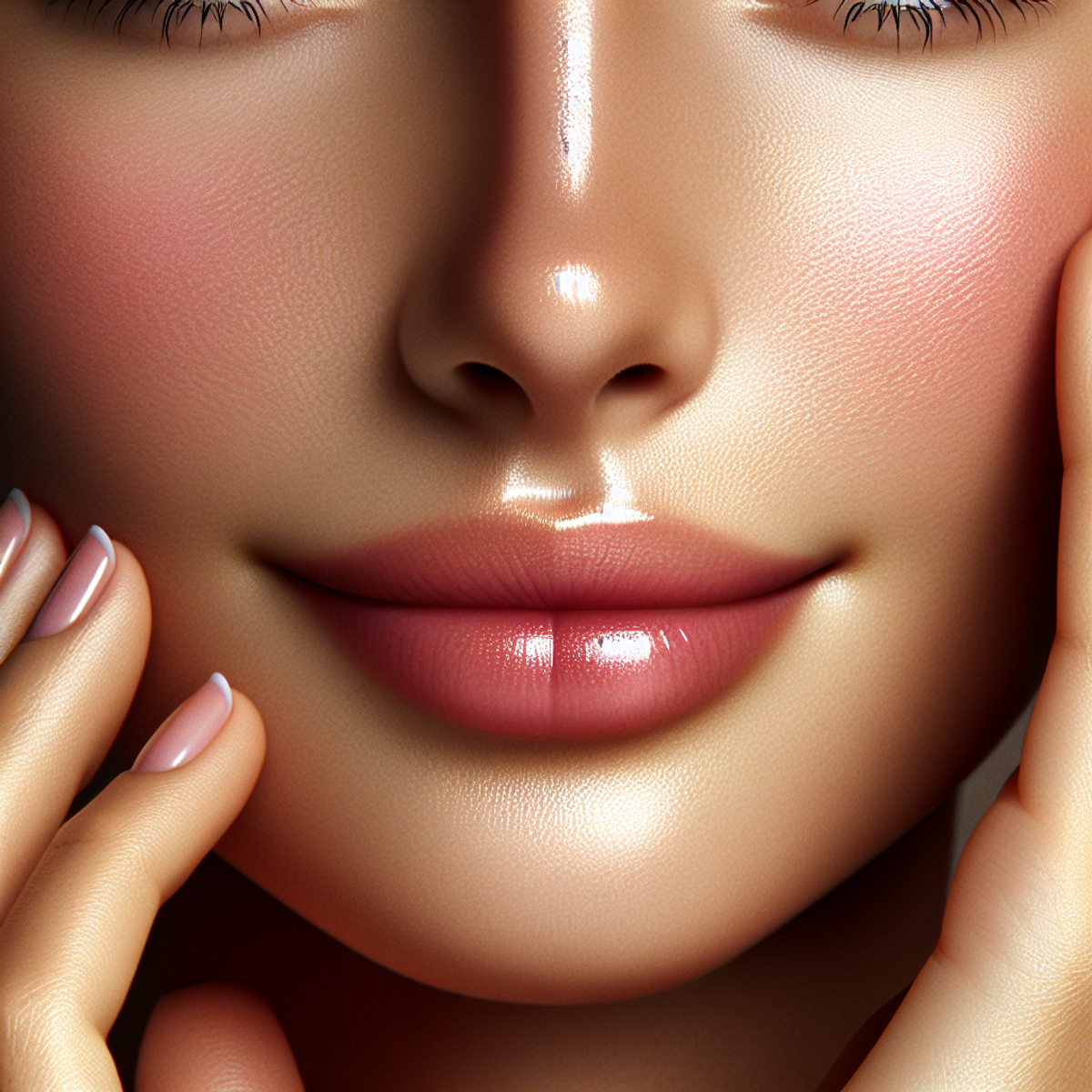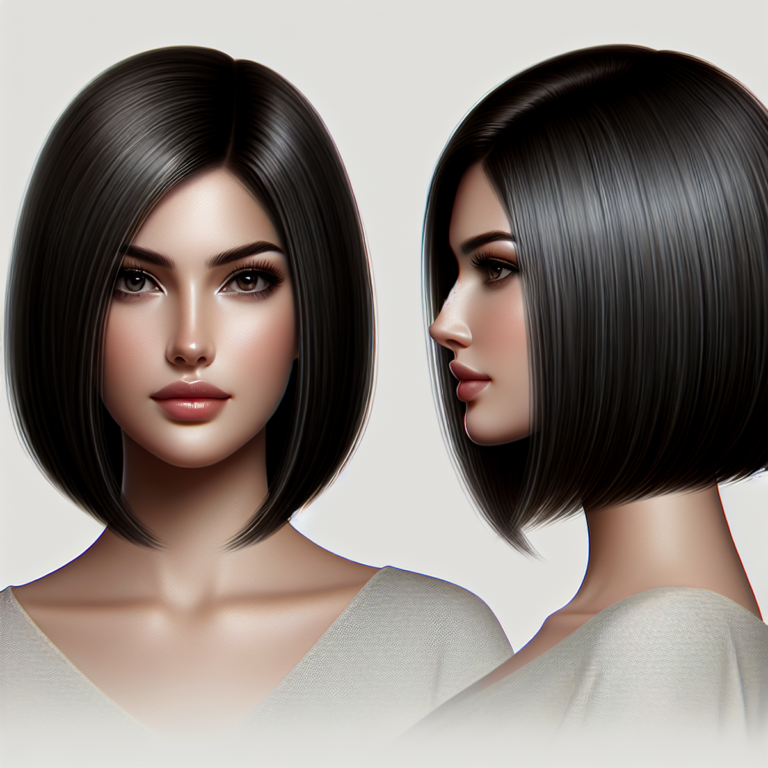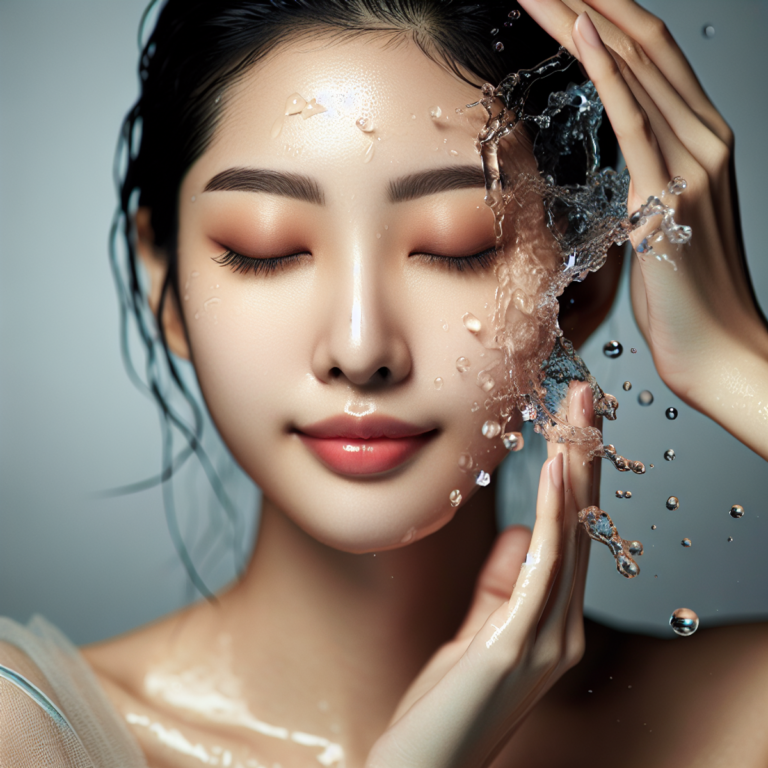How To Get Rid Of Spots

Introduction
Clear and healthy skin is not only important for how we look, but also for our overall health. Our skin is the largest organ in our body and it works hard to protect us from things like germs, dirt, and the sun’s harmful rays. That’s why taking care of our skin is so important.
Having spots on our skin can make us feel self-conscious and less confident. Whether it’s pimples, dark spots, or blemishes on our face, dealing with these issues can be frustrating and impact how we feel about ourselves. It’s completely normal to want to get rid of spots and have clear, smooth skin.
In this article, we’ll talk about different types of spots and the best ways to treat them. We’ll also share some tips on how to prevent future spots and keep your skin healthy. So if you’re tired of dealing with skin spots and wishing for clear, beautiful skin, keep reading.
Remember, getting rid of spots takes time and effort. But with the right information and consistent care, you can improve your skin and feel better about yourself. Let’s start learning about spot treatment and how to achieve clear, healthy skin.
Understanding Different Types of Spots
To understand different types of spots, it’s important to know their specific characteristics and how they can be treated. In this section, we will explore acne spots, age spots, and dark spots on the face in detail.
1. Acne Spots
Acne spots are a common skin issue that includes pimples, whiteheads, blackheads, and cysts. They can appear on the face, neck, chest, back, or shoulders. Acne severity can range from mild to severe and often affects a person’s self-confidence.
What Are Acne Spots?
Acne spots occur when hair follicles get blocked with oil and dead skin cells. Bacteria in the follicles can cause inflammation and infection, resulting in different types of acne marks:
- Whiteheads: Closed clogged pores that bulge outward.
- Blackheads: Open clogged pores with a dark appearance due to oxidation.
- Papules: Small red bumps that may be tender to the touch.
- Pustules: Pimples containing pus at their tips.
- Cysts: Large, painful lumps beneath the skin surface.
How to Treat Acne Spots
There are several effective ways to manage acne spots:
- Topical Treatments: Over-the-counter products with salicylic acid or benzoyl peroxide help unclog pores and reduce bacteria.
- Prescription Medications: Dermatologists may prescribe topical retinoids or oral antibiotics for moderate to severe acne.
- Professional Procedures: Dermatologists perform laser therapy, chemical peels, and extraction of whiteheads/blackheads to treat stubborn acne scars.
It’s important to consult a skincare professional who can recommend the best treatment plan based on your acne’s severity and type.
By understanding more about acne spots and the available treatment options, you can be proactive in achieving clearer and healthier skin.
2. Age Spots
Age spots, also known as liver spots or solar lentigines, are flat, tan, brown, or black spots that usually appear on the face, hands, shoulders, and arms. Unlike acne spots, which are often caused by hormonal imbalances or excessive oil production, age spots are primarily caused by prolonged sun exposure and the natural aging process. Here we will discuss the definition and characteristics of age spots, as well as various treatment methods to help you get rid of them.
Definition and Characteristics of Age Spots
Age spots typically develop in areas that have been exposed to the sun over many years. They are more common in individuals over the age of 50 but can also occur in younger people who have had significant sun exposure. Some key characteristics of age spots include:
- Size: Age spots can vary in size from small freckle-like dots to larger patches.
- Color: They are usually tan, brown, or black in color.
- Texture: Age spots are flat and smooth to the touch.
- Location: They commonly appear on areas such as the face, hands, shoulders, and arms.
Treatment Methods for Age Spots
While age spots are harmless and do not require treatment, many individuals seek ways to reduce their appearance for cosmetic reasons. Here are some effective treatment methods for age spots:
1. Topical Creams
Over-the-counter creams containing ingredients such as hydroquinone, retinoids (like tretinoin), vitamin C, and alpha hydroxy acids (AHAs) can help fade age spots over time. These creams work by inhibiting melanin production and promoting skin cell turnover.
2. Laser Therapy
Laser treatment can effectively target and destroy the excess melanin responsible for age spot pigmentation. This non-invasive procedure uses focused laser beams to break down the pigment particles without damaging the surrounding skin.
3. Chemical Peels
Chemical peels involve applying a chemical solution to the skin, which causes the outer layer to peel away. This process promotes the growth of new, evenly pigmented skin cells and can help fade age spots.
4. Cryosurgery
Cryosurgery involves freezing the age spots with liquid nitrogen, causing the darkened skin to slough off and be replaced by new, healthy skin.
5. Microdermabrasion
In this procedure, a special device is used to gently exfoliate the outer layer of skin, promoting cell turnover and reducing the appearance of age spots.
6. Sun Protection
To prevent further age spots from developing and to protect your skin from harmful UV rays, it’s essential to wear sunscreen with a high SPF every day and limit your sun exposure, especially during peak hours.
By incorporating these treatment methods into your skincare routine and practicing good sun protection habits, you can effectively reduce the appearance of age spots and maintain clearer, more youthful-looking skin.
Remember, it’s always best to consult with a dermatologist or skincare professional before starting any treatment regimen for age spots or any other skin concerns. They can provide personalized advice based on your specific needs and help you achieve optimal results.
3. Understanding Dark Spots on the Face
Dark spots on the face, also known as hyperpigmentation, are a common skin concern that can affect people of all ages and skin types. These spots are characterized by areas of the skin that appear darker than the surrounding skin tone. They can be caused by various factors, including acne scars, sun damage, hormonal changes, and inflammation.
What Are Dark Spots on the Face?
Dark spots on the face can vary in size, shape, and color intensity. They may appear as small freckle-like spots or larger patches of discoloration. The color of these spots can range from light brown to dark black. Common areas where dark spots occur include the cheeks, forehead, upper lip, and chin.
These spots are often a result of an overproduction of melanin, the pigment responsible for giving color to our skin. When there is an excess production of melanin in certain areas, it can lead to the formation of dark spots.
How to Treat Dark Spots on the Face
Fortunately, there are several treatment options available to help reduce the appearance of dark spots on the face:
- Topical Treatments: Over-the-counter products containing ingredients such as hydroquinone, retinoids, vitamin C, and kojic acid can help fade dark spots over time. These ingredients work by inhibiting melanin production and promoting skin cell turnover.
- Chemical Exfoliants: Chemical exfoliants like alpha hydroxy acids (AHAs) and beta hydroxy acids (BHAs) such as those found in alpha hydroxy acid products can help remove dead skin cells and promote a more even skin tone. Regular use of these exfoliants can help minimize the appearance of dark spots.
- Professional Treatments: For more stubborn or severe cases of dark spots, professional treatments performed by dermatologists or estheticians may be recommended. These treatments include:
- Laser Therapy: Laser treatments target the pigmented cells in the dark spots, breaking them down and stimulating collagen production for smoother, more even-toned skin.
- Chemical Peels: Chemical peels involve applying a solution to the skin that exfoliates the outer layer, revealing fresh, new skin underneath. This can help reduce the appearance of dark spots.
- Microdermabrasion: This procedure uses a handheld device to gently exfoliate the outer layer of the skin, improving its texture and reducing the appearance of dark spots.
- Sun Protection: Protecting your skin from harmful UV rays is crucial in preventing further darkening of existing spots and the formation of new ones. Use a broad-spectrum sunscreen with an SPF of 30 or higher daily, wear protective clothing, and seek shade during peak sun hours.
It’s important to note that treating dark spots on the face takes time and consistency. Results may vary depending on the individual and the severity of the condition. It’s always recommended to consult with a
Preventing and Maintaining Spot-Free Skin
Skincare Routine for Preventing Spots
Taking care of your skin is essential for preventing spots and maintaining a clear complexion. Establishing a consistent skincare routine can significantly reduce the likelihood of developing new spots. Here are some tips to help you create an effective skincare routine:
1. Cleansing
- Use a gentle cleanser suitable for your skin type to remove dirt, oil, and impurities that can clog pores and lead to spots.
- Consider double cleansing, especially if you wear makeup or sunscreen regularly, to ensure thorough cleansing without stripping the skin of its natural oils.
2. Exfoliation
- Incorporate exfoliation into your routine to slough off dead skin cells and prevent clogged pores.
- Choose a chemical exfoliant with ingredients like salicylic acid or glycolic acid to promote cell turnover and keep your skin clear.
3. Moisturizing
- Hydrate your skin with a non-comedogenic moisturizer to maintain its balance and prevent excess oil production.
- Look for moisturizers with ingredients like hyaluronic acid or niacinamide to support overall skin health without clogging pores.
4. Sun Protection
- Apply sunscreen daily, even on cloudy days, to shield your skin from harmful UV rays that can worsen dark spots and other types of hyperpigmentation.
- Opt for a broad-spectrum sunscreen with SPF 30 or higher and reapply it every two hours when exposed to the sun.
5. Healthy Lifestyle Habits
- Maintain a balanced diet rich in fruits, vegetables, and lean proteins to provide essential nutrients for healthy skin.
- Stay hydrated by drinking an adequate amount of water each day to support overall skin function and hydration.
Skincare Routine for Combination Skin
If you have combination skin, which is characterized by having both oily and dry areas, you can follow a similar skincare routine with slight modifications. For instance, you may need to use different cleansers or adjust the frequency of exfoliation based on the specific needs of different areas of your face.
Other Tips for Preventing Future Spots on the Skin
In addition to establishing a comprehensive skincare routine, consider the following preventive measures:
- Avoid touching your face frequently, as this can transfer bacteria and impurities from your hands to your skin.
- Use non-comedogenic makeup products that won’t clog your pores and contribute to spot formation.
- Change pillowcases regularly to minimize the accumulation of dirt, oil, and bacteria that can come into contact with your skin while you sleep.
- Manage stress levels through relaxation techniques like yoga, meditation, or deep breathing exercises, as stress can trigger breakouts and exacerbate existing spots.
By incorporating these tips
Conclusion
Achieving clear and spot-free skin is a goal for many, as it can significantly impact our self-esteem and confidence. Throughout this article, we have explored different types of spots and their treatment methods. Now, let’s summarize our key points and provide some final thoughts on getting rid of spots and achieving clear, healthy skin.
- Consistency is key: Establishing a skincare routine and sticking to it is crucial in preventing and treating spots. Make sure to cleanse your face twice a day, exfoliate regularly, moisturize, and protect your skin from the sun.
- Understand your skin: Each person’s skin is unique, so it’s essential to understand what works best for you. Pay attention to the ingredients in your skincare products and how they affect your skin. Experiment with different treatments to find what gives you the best results.
- Seek professional advice: If over-the-counter treatments aren’t effective or if you’re dealing with severe acne or stubborn spots, it may be beneficial to consult a dermatologist. They can provide personalized recommendations and prescribe medication or perform procedures tailored to your specific needs.
- Be patient: Treating spots takes time and patience. It’s important to remember that results won’t happen overnight. Stick with your skincare routine, be consistent with your treatments, and give them time to work.
In conclusion, achieving clear and spot-free skin requires dedication, patience, and understanding of our unique skin needs. By following a regular skincare routine, seeking professional advice when necessary, and being patient with the process, we can take steps towards achieving the clear and healthy skin we desire.
Remember, everyone’s journey towards spot-free skin is different. Embrace the uniqueness of your skin and focus on its overall health rather than perfection. Taking care of your skin not only helps in getting rid of spots but also promotes a healthy complexion that radiates confidence.
So go ahead, start implementing these tips, and enjoy the journey towards clear and spot-free skin!










